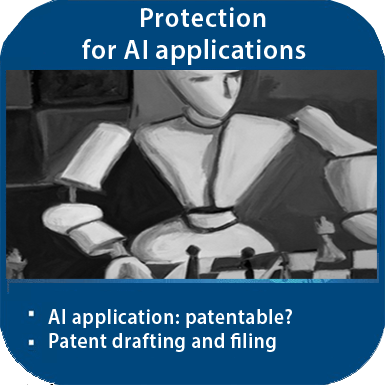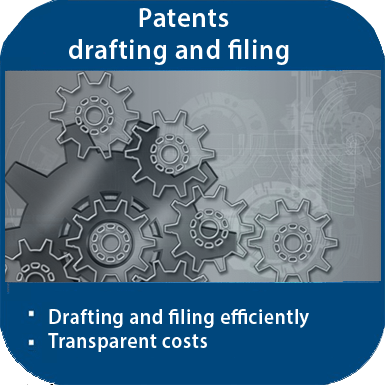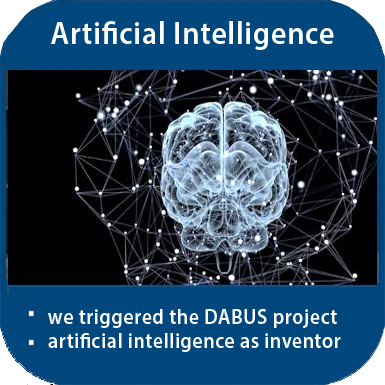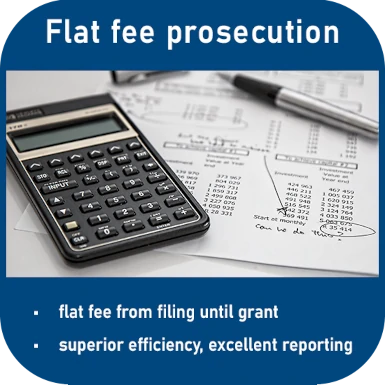BGH: Cloud versus European patent 'data to user'

A European patent describing the presentation of data to the user of the internet and thus the basic structure of today's dynamic IT applications was the topic of a patent dispute of the U. S. operator of modern cloud technology versus the German Ravenpack AG.
Since July 2016, the plaintiff had asserted in a invalidity action against the patent in suit that the subject matter was not patentable. Maybe this was a reaction to the fact that the plaintiff himself is being sued on the basis of the patent in suit and is facing the accusation of patent infringement.
The facts
The Federal Patent Court had dismissed the invalidity action in 2019 (BPatG, 5 Ni 53/16 (EP)) and an appeal was filed against this decision, which was decided by the Federal Supreme Court at the end of 2021 (BGH, X ZR 98/19). This ruling can be seen as trend-setting for the enforcement of software patents and computer-implemented inventions with reference to server data. A key question in these invalidity proceedings against the patent in suit was: is a secure data path for server data in the process of presenting data to a user to be considered new and inventive?
The patent in suit (European Patent No. 1 126 674 B1) is entitled Method and device for presenting data to a user and describes in claim 1 the dynamic provision of data to a user. It was filed as early as 2000 (claiming priority from two German patent applications). The dynamic IT architecture described therein was ahead of its time and today forms an important basic technology for cloud computing. The inventor is Hardy Schloer, the patent holder is Ravenpack AG (Germany).
Secure data path in the server structure- new and inventive?
The patent in suit describes access to a server and data stored there via data paths, by which the provision of data via a network to a user is above all made more secure. To this end, the patent in suit provides for at least one data path "over which control data associated with the selection of data is sent, the at least one data path being unidirectional".
The applicant submitted several documents in support of the application for a declaration of invalidity of the patent in suit. In particular, publication K5 (international patent application WO 99 / 38 080 A1) also describes a method for presenting data to a user in a safety-relevant context. Among other things, it describes that the user is notified if the authorisation check in the identifier database or in the request database shows a negative result.
Nevertheless, the BGH did not see this as a relevant objection to the patent in suit, the secure unidirectional data path being the a decisive aspect. In accordance with the patent features, the description indicated a unidirectional transmission comprising control data and the processed data.
The procedure described in K5, on the other hand, could be technically realized in different ways. In particular, K5 does not indicate that it is ensured that a data transmission in the opposite direction via the mentioned connections is excluded.
Presenting data to a user - with unidirectional data path?
Similarly, in the opinion of the Federal Court of Justice, other publications cited did not provide for a unidirectional data path within the meaning of the patent in suit, nor did they provide any suggestion in this respect.
Thus, the BGH stated, also in the US patent 5 612 897 (K6), the international patent application WO 98/31115 (K7), the extract from the book of 27 28 29 30 - 11 - Tischer and Jennrich, (Internet Intern, p. 234 ff., (K11), the international patent application 98/31116 (K12), the Korean patent 10-0205954 (K13) and the US patent 6 222 536 (K13a) each lacked an anticipation of a unidirectional data path over which control data is sent.
As an example of the BGH's considerations, K6 may be cited. It is true that K6 discloses a data and control network (switch ports and lines of the data and control network in half-duplex mode) and thus also a unidirectional data flow. However, the BGH explained that it could not be inferred from K6 that the connection in question was designed in such a way that a data flow in the opposite direction was excluded.
Other documents such as K7 and K12 describe a connection between the video session manager and the information server. Data traffic takes place in both directions between two components. But according to the BGH, this does not constitute a unidirectional data path. Nothing else applies even if the client's request remains unanswered.
Therefore, the BGH summarized, there was no suggestion from the state of the art to ensure that the transmission of data can only ever take place in one direction, while a transmission in the other direction is excluded under all circumstances. There was also no situation in which a person skilled in the art only had the choice between two possibilities, i. e. only had to decide whether to design the data path bidirectionally or unidirectionally, the court added. Rather, the transmission of data could be regulated differently depending on the situation and weighing several factors such as security, convenience and speed, and the protection against unauthorised access could be varied in many ways through various measures.
Finally, the Federal Court of Justice dismissed the appeal in its entirety and confirmed the validity of the patent in suit for the territory of the Federal Republic of Germany.
Patent for a digital invention
Would you also like to file or defend a patent application for a 'digital' invention?
Our law firm has special expertise in this. We formulate your patent application to suit your invention and your needs. We will also be happy to give you a realistic initial assessment of the patentability of your invention.
Please contact our law firm K÷llner & Partner without any obligation. You can reach us by phone at +49 (0)69 69 59 60-0 or by email at info@kollner.eu.







